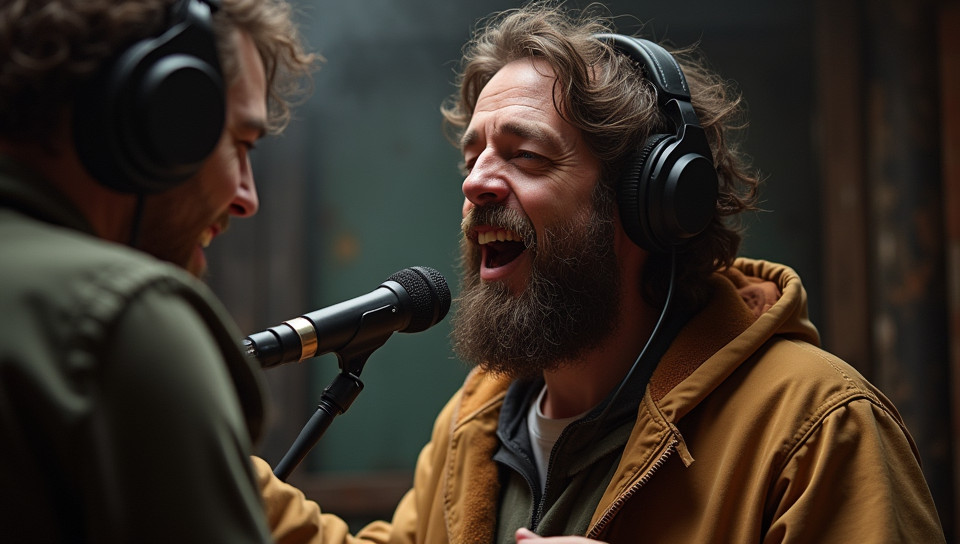Foley artists create custom sound effects 86%

The Art of Immersion: How Foley Artists Craft Custom Sound Effects
Have you ever found yourself transported to another world while watching a movie or TV show? Maybe it's the sound of footsteps on a forest floor, the rustle of clothing in a dusty alleyway, or the sizzle of flames in a medieval battle scene. Whatever it is, it's likely thanks to the hard work of a foley artist.
What is Foley Sound?
Foley sound is an integral part of film and television production. It refers to the creation and recording of custom sound effects that are used to enhance the visual elements on screen. From the gentle lapping of waves to the loud crash of a breaking glass, every sound is carefully crafted to create an immersive experience for the audience.
The Foley Artist's Toolkit
Foley artists use a variety of tools to create their custom sound effects. Some common items in their toolkit include: - A selection of props and objects to manipulate and record sounds from - Various materials like sand, gravel, and fabric to create different textures and tones - Specialized equipment such as contact microphones and wind machines - A vast knowledge of acoustics and audio recording techniques
The Foley Process
The foley process typically begins with research. Foley artists will study the script and visual elements to determine what sounds are needed. They may also consult with directors, producers, or other crew members to ensure they understand the desired tone and style.
Next, they'll start gathering materials and props to use in creating the sound effects. This might involve finding the perfect type of wood for a sword fight scene or collecting specific types of rocks for a outdoor sequence.
Once they have their materials, foley artists will begin experimenting with different sounds and techniques. They may try layering multiple sounds together or using creative manipulation techniques like scratching or tapping to create unique textures.
The Impact of Foley on Filmmaking
Foley sound has a profound impact on the filmmaking process. By creating custom sound effects that match the visual elements on screen, foley artists can:
- Enhance the emotional impact of key scenes
- Create a more immersive and engaging viewing experience
- Help to establish tone and atmosphere in a film or TV show
Conclusion
Foley artists are unsung heroes of the film industry. Their attention to detail and creativity help bring movies and TV shows to life, transporting audiences to new worlds and evoking powerful emotions. The next time you find yourself fully immersed in a cinematic experience, take a moment to appreciate the hard work and dedication that went into crafting those custom sound effects.
- Created by: Sebastián Salazar
- Created at: Nov. 13, 2024, 12:43 p.m.
- ID: 15789

